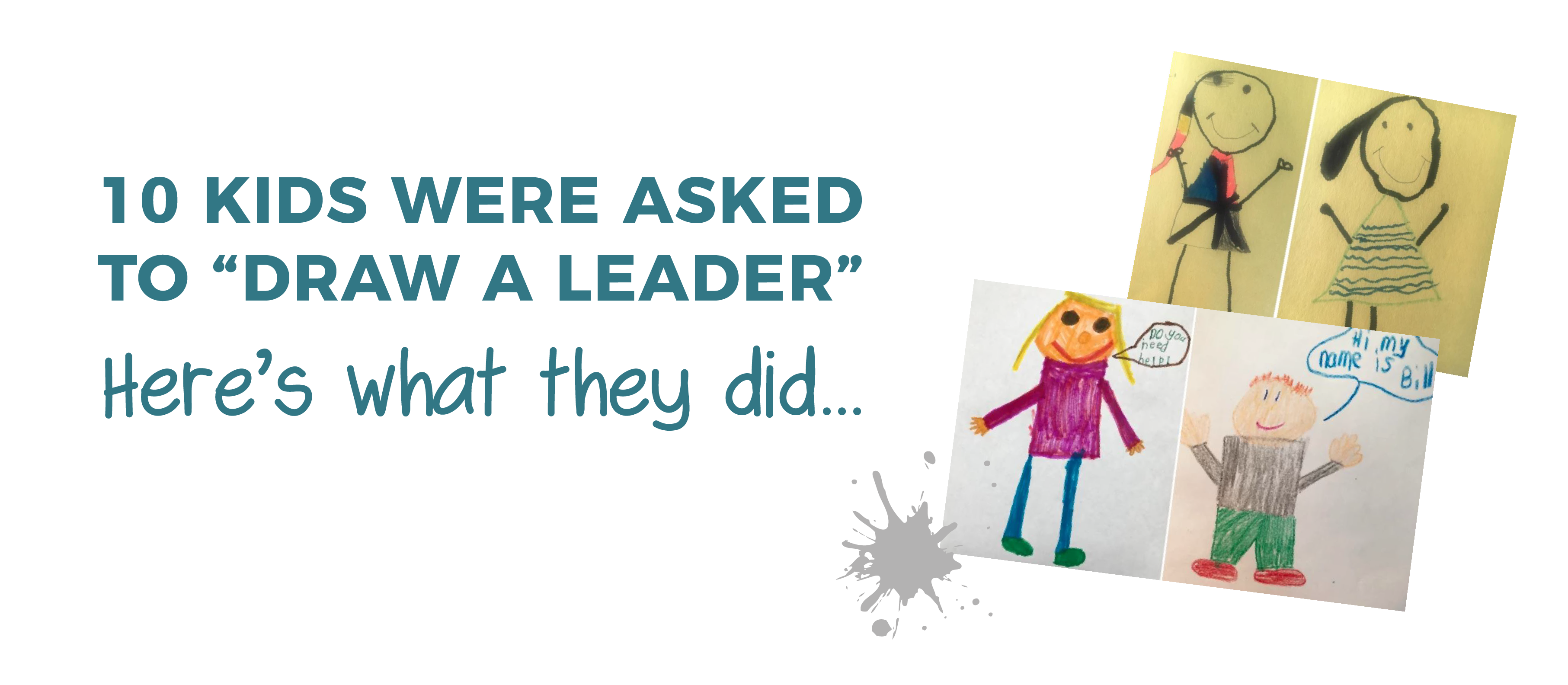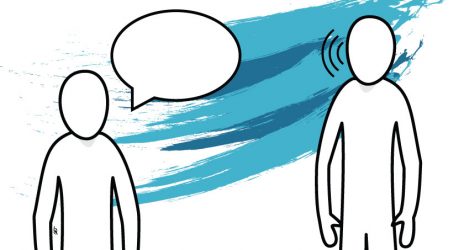10 Kids Were Asked to “Draw A Leader”- Here’s What They Did

At Strategic Leadership, we loved this Fast Company article because we found it really interesting to look at the perception difference between children and adults. When adults are asked to draw a leader, they draw a man. But what about kids? We were excited to see!
Kids have a lot of traits commonly identified in good leaders–brilliantly perceptive, brutally honest, ruthlessly observant, steadily curious.So when we saw the The New York Times article reporting that executives–regardless of their own gender–generally drew a man when asked to draw a leader, we wondered when that bias starts and what lessons we could gain from asking kids the same questions.
After all, a child’s brain hasn’t been wired to years of bias, assumptions, and mental associations the way an adult’s brain has, so do the same kind of unconscious assumptions influence a child’s idea of leadership?
We asked 10 kids between the ages of 3 and 12 to “draw a leader.” Follow the link to the original article to see the surprising results:
https://www.fastcompany.com/40570355/we-asked-10-kids-to-draw-a-leader-heres-what-they-did




